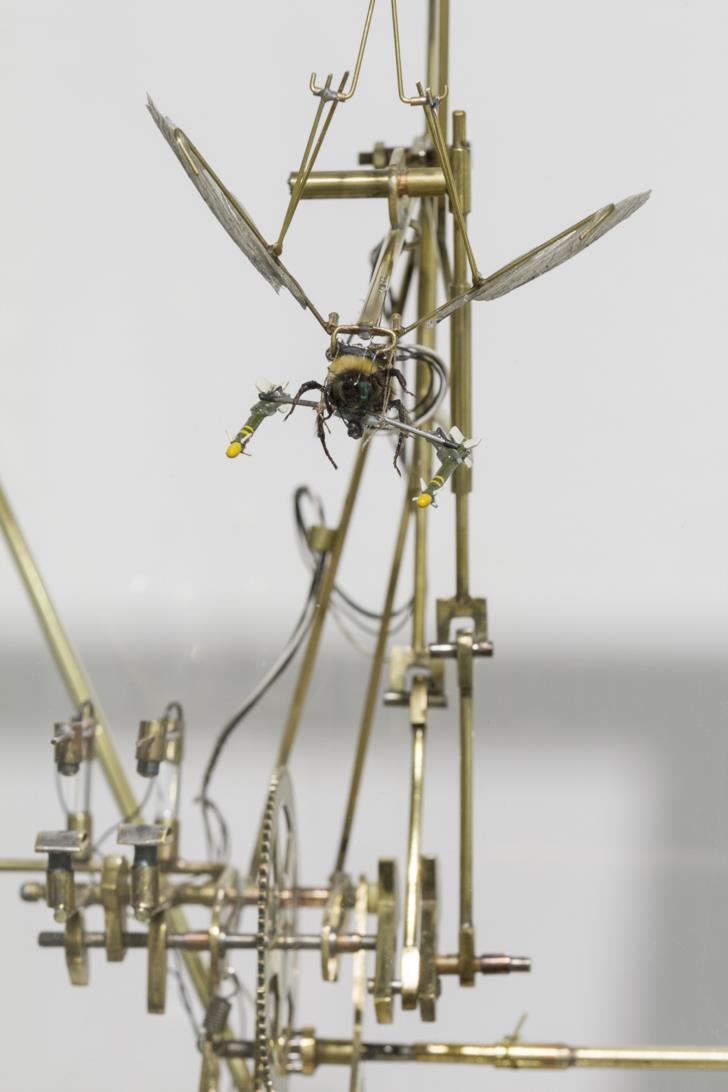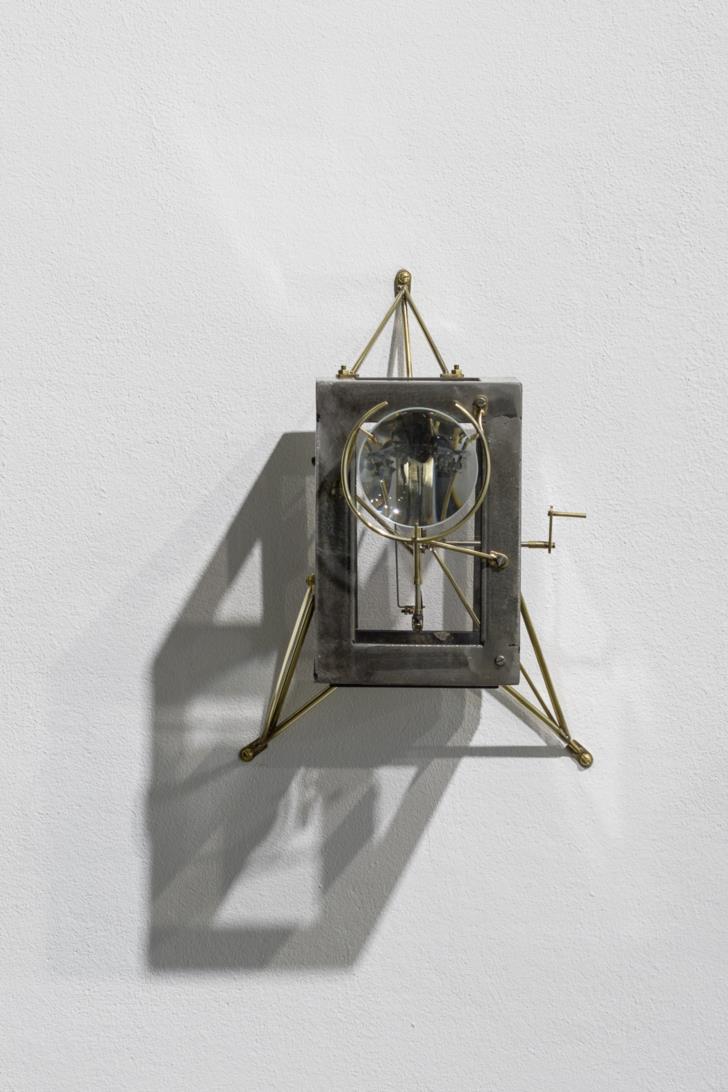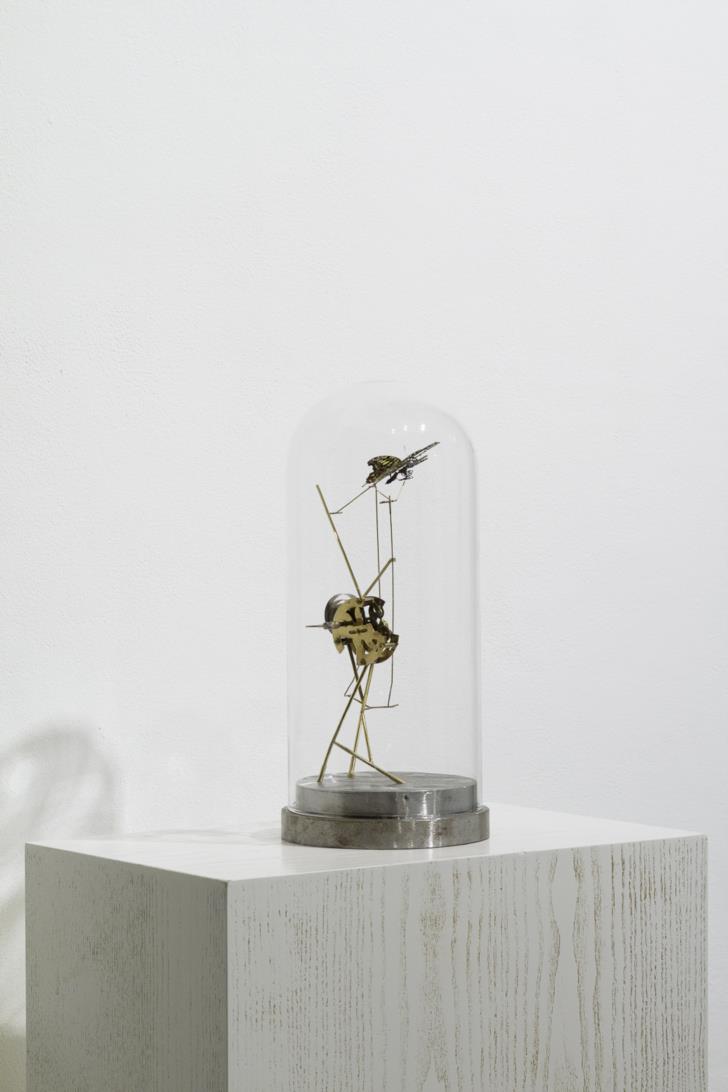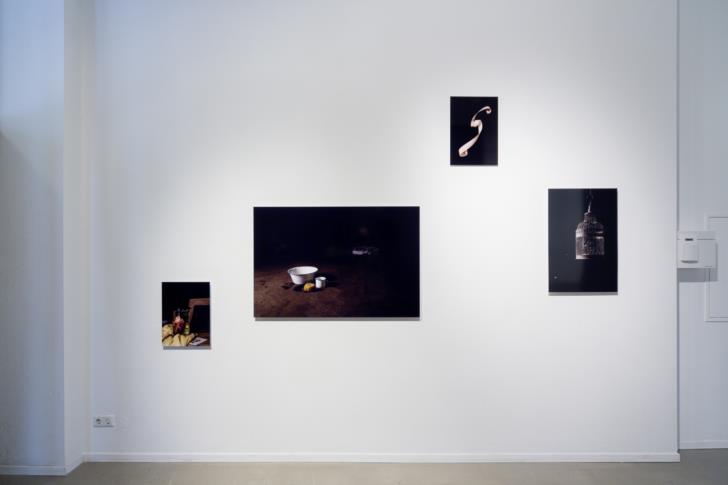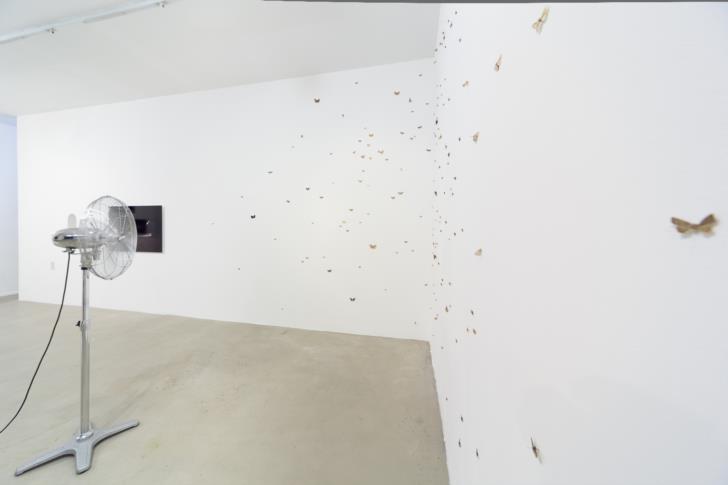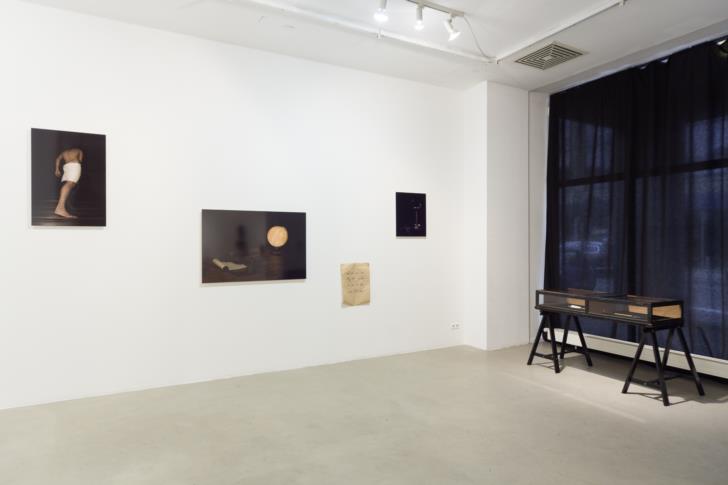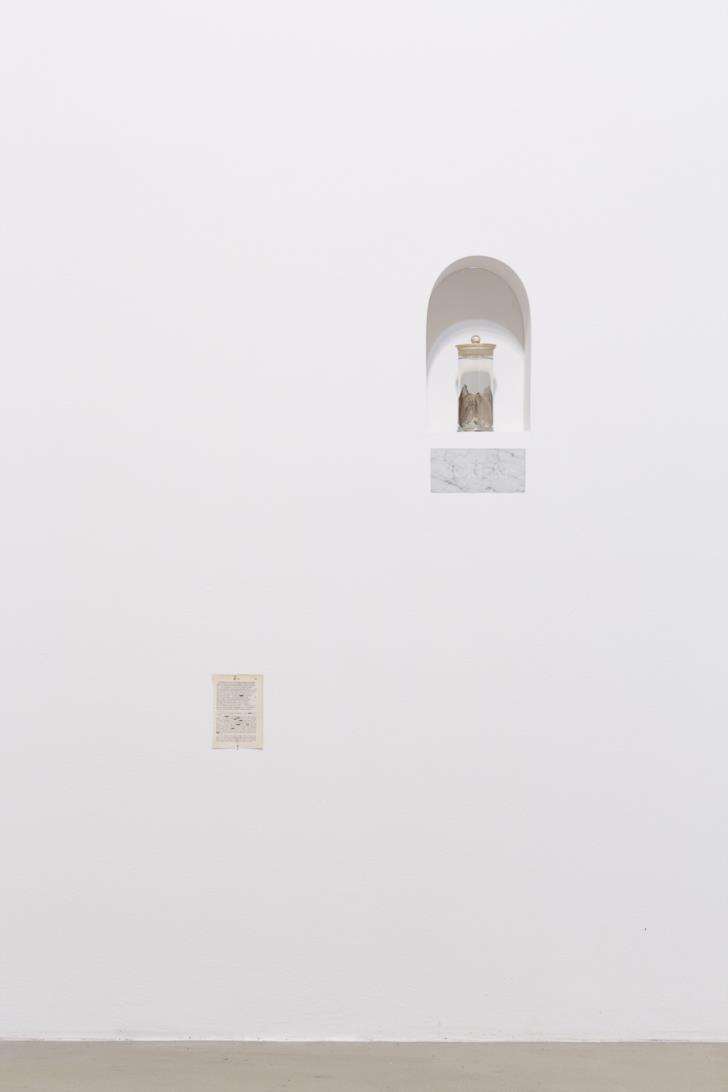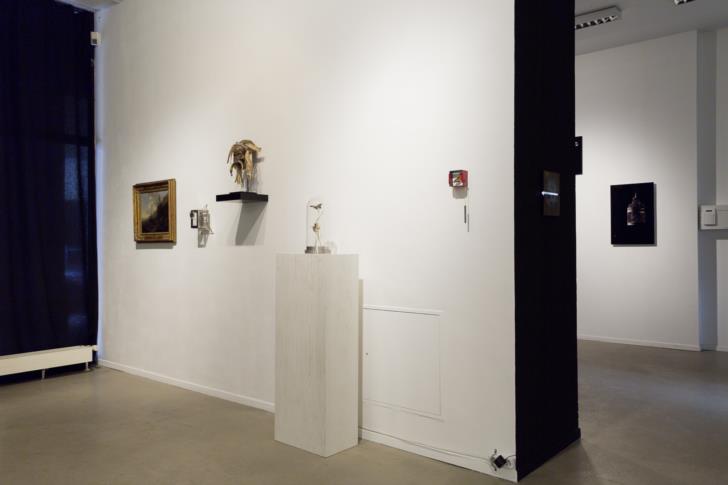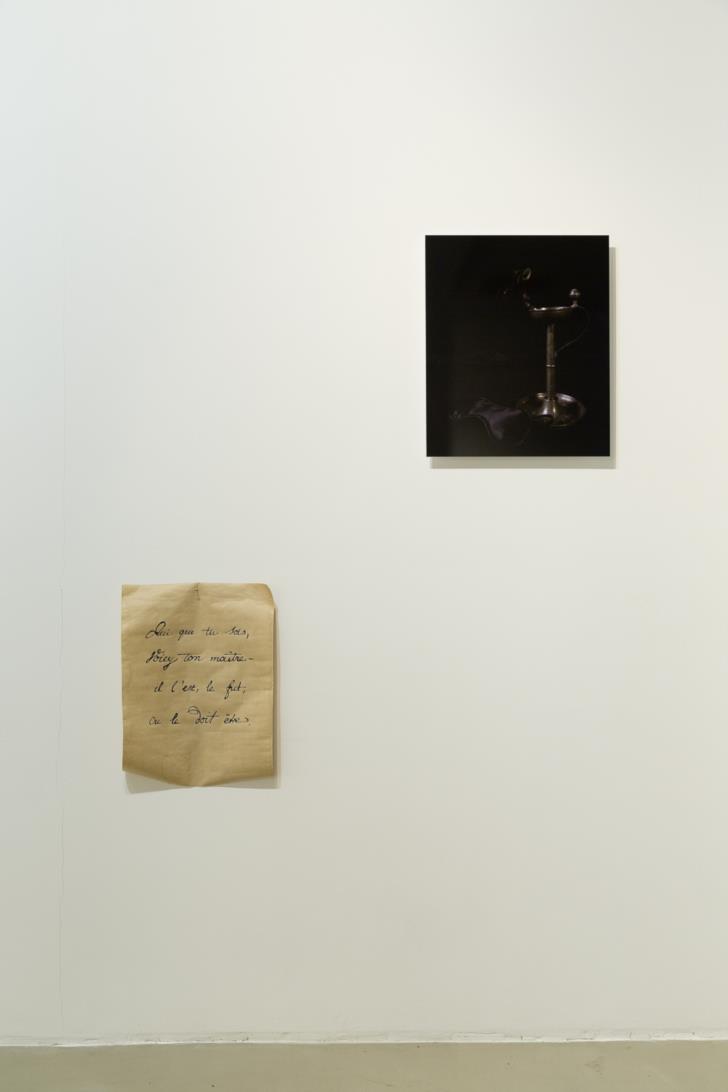Carina Linge / Léon v. Opstal
beautific
19 January – 28 March 2013
The exhibition beautific. Die Wunderkammer als Referenz zeitgenössischer Kunst (engl.: The Wunderkammer as a reference for contemporary art) combines works of old masters with photographs, stuffed insects, mechanical devices, animal dioramas, and ancestral skulls. Despite or precisely because of the centuries that lie between the artworks, an interesting yet provocative dialogue emerges that leads the viewer to both intimate and surprising reflections. This in turn results in a spectrum of idiosyncratic pictorial worlds: depicting the bizarre dynamics of its repelling proximity whilst highlighting the desire and frustration of the piece’s respective epoch.
The exhibition title alludes to the ‘hauntingly beautiful’ artworks and objects united in these Wunderkammern. Dortmunder Kunstverein addresses the historical origin and significance of the Wunderkammer and analyses its meaning in the present. According to the principle of diachronic hanging, this is done on the one hand through two contemporary positions that show clear references to the Wunderkammer, and on the other hand through the presentation of selected works from representative private collections in the region.
The exhibition at the Kunstverein aims to turn the attention to the history of the exhibition industry as well as to focus on the always topical subject of private collections and the motivations that guide them. This shall be achieved through the presentation of the eerily beautiful works from the two private collections of Prof. Dr. Dr. Thomas Olbricht/’Olbricht-Collection’ and Dr. Dr. Thomas Rusche/’SØR Rusche Sammlung Oelde/Berlin’ as well as the works of the artists Carina Linge and Léon van Opstal. The preciousness of the works on display will also trigger an examination of the value placed on old and new artifacts. In juxtaposition with these contemporary works, both the Old Dutch Masters and the Wunderkammer objects unfold a whole new potency. Consequently, the exhibition fixates on the notion of vanitas (‘Remember that you will die’), which was already staged in the Baroque period through the humorous and, as it were, devotional contemplation of death.
Even if, or precisely because, centuries lie between the positions, an interesting but also provocative dialogue emerges that leads the viewer to both intimate and surprising reflections. The result is a spectrum of very idiosyncratic pictorial worlds: Of the bizarre dynamics of approach and of feeling repelled, but above all of the lust and frustration of the respective epoch.


